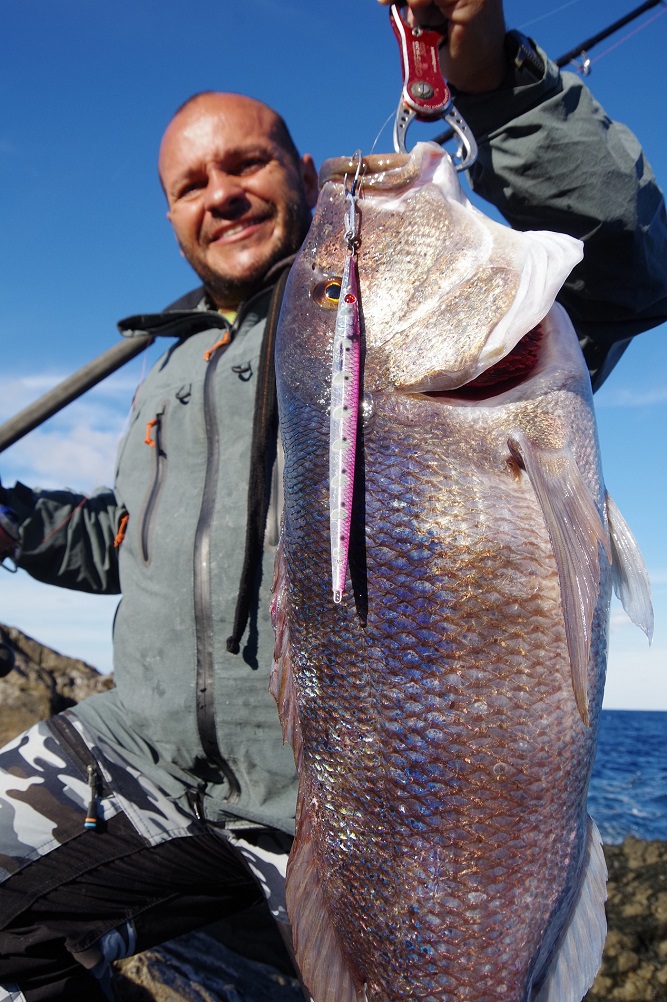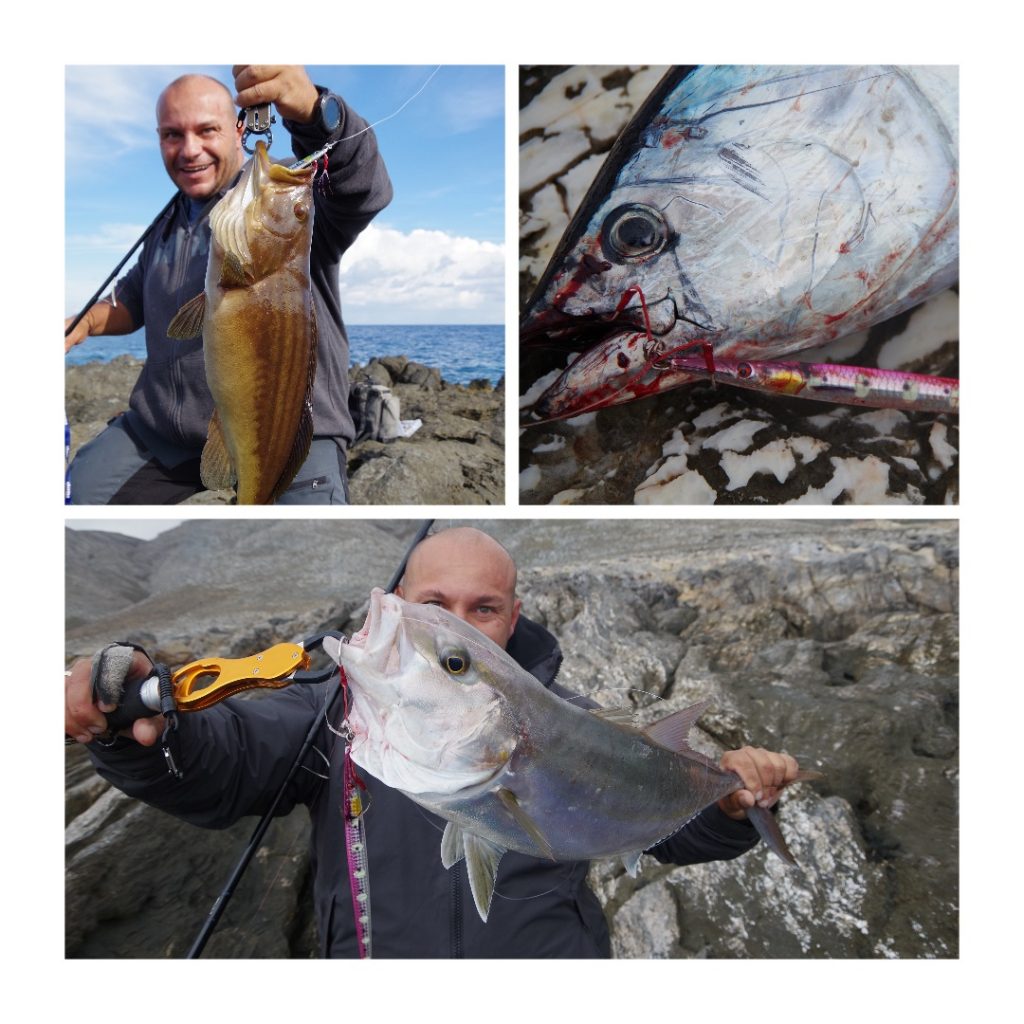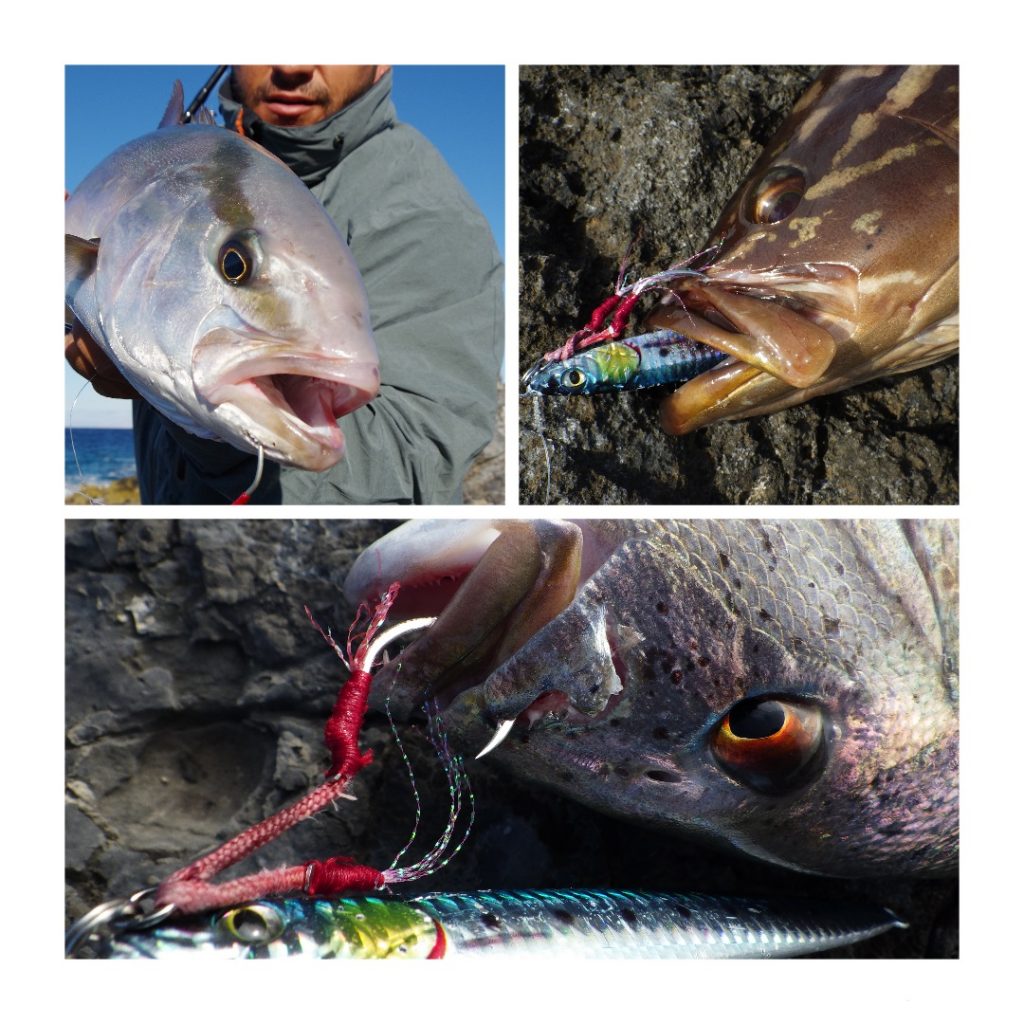Shore Jigging: Drag presetting!

This topic is really important and I have a hard time starting it, since I don’t know from where to start! You see, the drag power of our reel is important, and so is the general performance of it, but there is a big BUT! This “BUT” is somewhere in the middle of the really hard shore jigging game and the medium – light one! With a very close look, we can separate shore jigging in three different types, the “micro shore jigging” with jigs from 3 to 20gr, the “light shore jigging” with jigs from 20 to 40gr and the normal shore jigging with jigs from 40 to 150gr. Generally speaking, we could split normal shore jigging to two more categories “medium” with jigs 40-80 and “heavy” with jigs from 60 to 150gr, but I prefer not to do so, because A) this article is about drag power and B) categorizing shore jigging is a big headache considering all the parameters. Besides, the gear that can handle jigs from 0.60 and higher, more less need same reactions from us!

For the light categories of shore jigging 40gr and lower, the sound of the drag should be a constant sound on our ears. Considering the light braids and leaders, together with the more pelagic targets like bonitos and albacores, (fish that do not run on the rocks to break the line) a preset of drag pressure much lower than the max power limit of the leader and the braid, is best option. This is the only acceptable point of shore jigging lovers, where they can “enjoy” a long fight with pelagic species! Same of course goes for the micro shore jigging where the super light nature of all gear, demand a very good performance of the drags with minimum pressure!
When snappers, AJ’s and groupers get in the game!
Things are much different with stronger gear guys! This is a law! With few words, you shouldn’t be able to hear screaming drags in any other case than a big tuna or amberjack! Preset of 3 kilos for the stronger gear is not acceptable and will only result in multiple fails! I find that out with the hard way a decade ago, and is much better for you to avoid it! When braid of PE #2.5 and thicker is combined with leaders of 0.52mm and higher, the only thing you should do after any strike is PULL!!! PULL with all your effort and power, even on big bottom predators if you want to make sure you will land them. The more “rocky” the area is (and it is in most occasions), the more fast and strong you must pull! The reel must only release some centimeters on extreme tension and that’s all guys! These centimeters are the “guardians” of your knots and nothing more! Strong tension and pulling on a bottom predator will surprise it and eventually discourage it from fighting. The stronger you pull, the faster you raise the fish from the bottom and away from sharp rocks or a potential hole (especially for grouper species). Finally, strong and fast pulling will force the swim bladder of the fish expand and immobilize it.

Typical drag pressure preset on reels according my opinion.
Usually I use a 7 kg preset pressure on my reels with the spool full. I have mentioned that the more empty the spool is, the drag power raises. That means that at the limit of my cast and deep down my drags are probably more than 8-9kg! In the past I was using for that reason 5 kg preset drag pressure but since 80% of the strikes occur close, I decided to start with already strong pressure and that saved me a lot of raging fish! If we look it with numbers, a typical PE #3.0 X8 braid gives 19-22kg power! A typical 0.57mm leader gives 18-22kg power! So we have at least a 16kg solid power on our gear with proper knots like PR knot for braid to leader and chain knot fro leader to solid ring! Having strong and high quality split rings and assist hooks, simply make safer this tension number! So it is very easy to understand, even with a -20% of power due to average knots, we still have 12kg of pure tension power. Believe me you can pull a beast with 12kg of tension resistance! But you have simply to pull hard!
As a conclusion about this topic, each fight even with a beast snapper or grouper of 5-6 and higher, should last less than 2 minutes! Remember that the more the fish stays in the water, the risk of getting lost gets higher. For Amberjacks also, breaking down their psychology by pulling them hard and eventually master them, only gives you much more opportunities to land them. I know that there are places that are very difficult close to fight them, but believe me the “technique” to let them take some meters to get tired and then pulling them out, is high more risky than bringing them fast close to you, where the gaff can finish the fight! Keep in mind that Shore jigging is a very demanding technique and there is no space for cheap braids, leaders and split – solid rings. Leaving a jig on the mouth of a fish for me is the worst scenario and it is our responsibility not to allow this to happen! And since it will happen a lot of times due to the nature of the shore jigging game, lets make sure it will happen as less times as possible!









